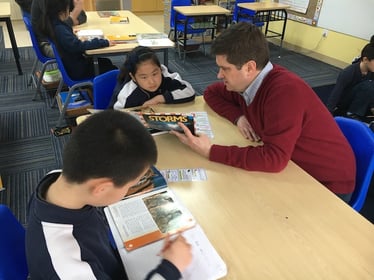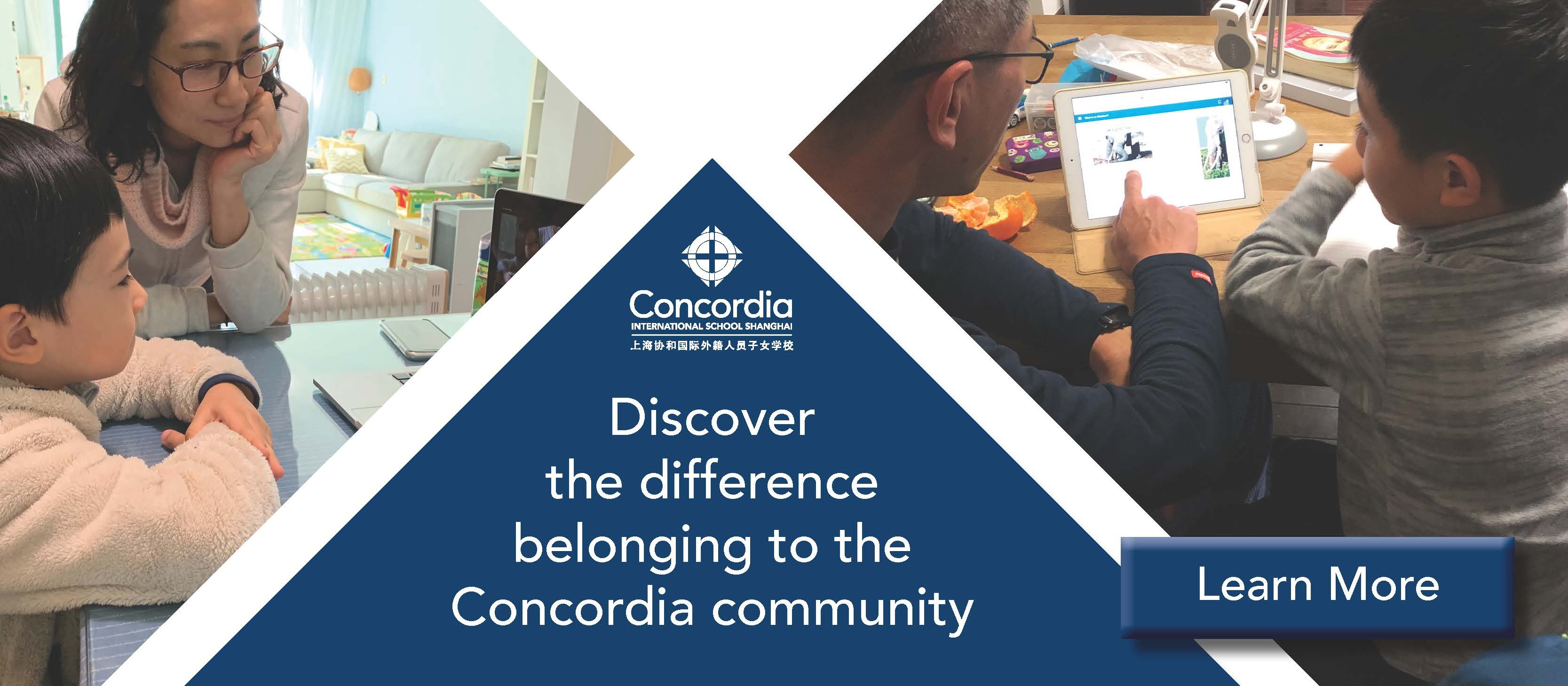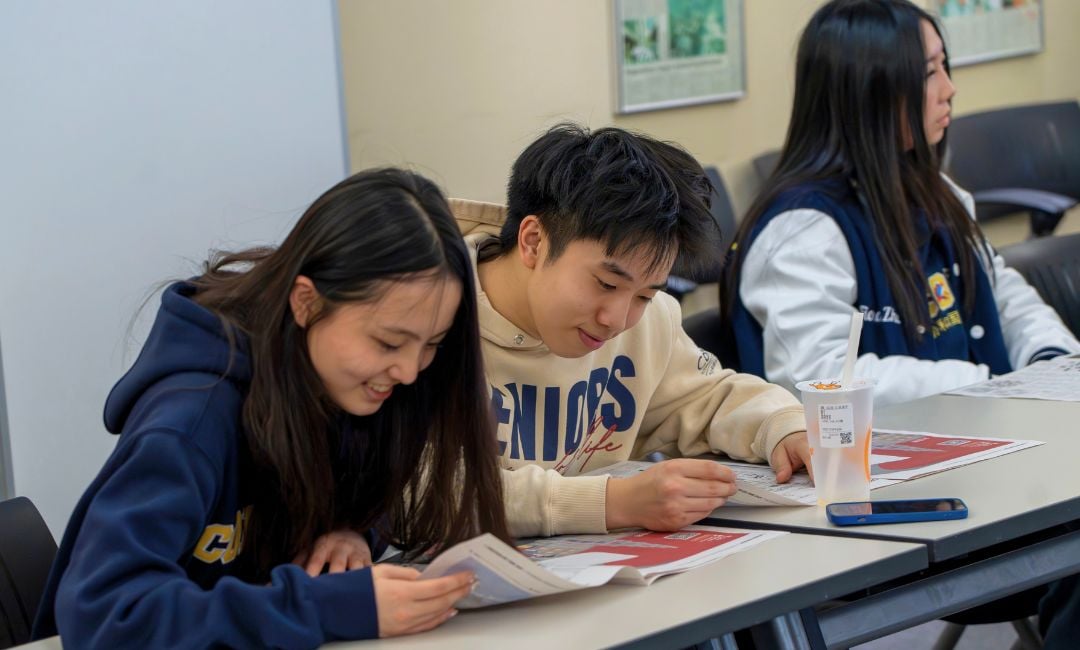There are many rewards and opportunities for those who set out on the journey of learning a new language. It offers the opportunity to improve memory, strengthen problem-solving skills, build connections, and navigate cultural barriers. However, learning a new language takes hard work, courage, persistence, and patience.
A language learner works hard to understand what is being asked, to express themselves well, or to find just the right vocabulary word. Also, it takes courage to take the first step in using the new language with others. The process of language learning is a journey that takes time in order to gain confidence in a language other than your mother tongue.
An Additive Approach to English Language Development
 In elementary school, the English Language Learner (ELL) program focuses on supporting the language development of students who are non-native English speakers to function successfully in the regular classroom setting in areas of reading, writing, speaking, and listening.
In elementary school, the English Language Learner (ELL) program focuses on supporting the language development of students who are non-native English speakers to function successfully in the regular classroom setting in areas of reading, writing, speaking, and listening.
When we think of ELL programs, we tend to think of taking some students out of class who need English support. This could be classified as a “subtractive” approach because, while we are giving support to those students, they are being taken away from something else within the classroom.
 At Concordia’s elementary school, we are taking an “additive” approach. The ELL teacher is in the classroom alongside the homeroom teacher to add a richer environment for language learning opportunities with co-teaching, small group work, and even one-to-one support. This additive approach enables the ELL teacher to support ELL students with language within the content of the curriculum. It is not a stand-alone program, rather a program that is embedded in the lessons and objectives of the course.
At Concordia’s elementary school, we are taking an “additive” approach. The ELL teacher is in the classroom alongside the homeroom teacher to add a richer environment for language learning opportunities with co-teaching, small group work, and even one-to-one support. This additive approach enables the ELL teacher to support ELL students with language within the content of the curriculum. It is not a stand-alone program, rather a program that is embedded in the lessons and objectives of the course.
As part of the language support, the students are aided in producing and using new vocabulary. This might be done through restating a student's sentence when speaking, having the student describe a word in English, or using a translator app to find the right word to use. Reviewing new vocabulary in a variety of ways helps students to develop a better understanding of the vocabulary and how it can be used in context.
Examples of this additive approach in the ES classroom
Students working on content standards while being intentional in how language is used within that standard.
- For example, third-grade students study the concept of ‘main idea’ in their classroom. In their small group with their ELL teacher, the concept of the main idea is reinforced while also helping students see how to correctly write the main idea by starting the sentence with a subject and verb.
Students using sentence frames to support their conversational fluency when discussing books.
- An example of this might be, "I predict...because," or "I noticed...this makes me think...,” Having students orally rehearse what they want to say before writing it down is helpful for those who may be struggling to express their thoughts with clarity.
Students working through the writing process and reflecting on their writing checklist.
- In the classroom, the homeroom teacher and ELL teacher develop stations to support students as they maneuver through the different parts of the writing process and consider their writing checklist. Each section of the checklist becomes a station. Students rotate through the stations and are supported in understanding the different parts on the checklist and how to achieve that in their own writing. After each learning station, students are given an opportunity to practice the skill in their own writing.
The support of ELL students occurs in many different ways across the day with the homeroom teacher and the ELL teacher, in small groups, one-on-one, or in whole group settings. Support is purposeful and targeted to the needs of students. We strive to create a learning community where all teachers, parents, administrators, and counselors are working together to see learners grow and develop in their acquisition of a new language and new opportunities.





